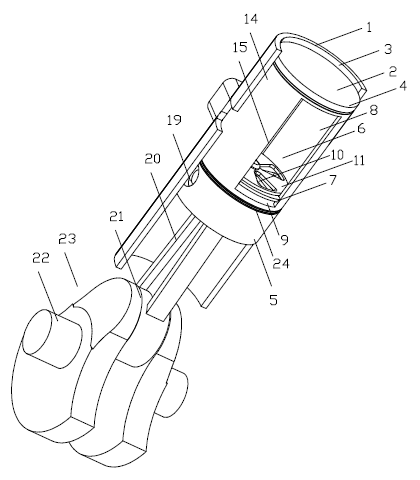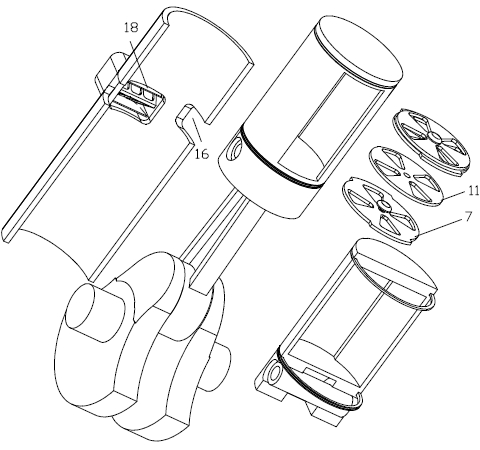J.A.W.'s post 1151am links to the statement 'the dyno doesn't lie'
well Motodd's dyno (the runs of the 1985/6 RD350s) lies and so does the other one
because they measure at a pseudo-road and multiply by an imagined fiddle factor and generate an imaginary crankshaft power/torque 'measurement'
all these road bikes seem to show c. 38-42% of maximum power at 50% of maximum speed (they don't say what happens at 25% speed)
I suspect this is no good for Mr or Mrs or Ms Public's car
(though the Kawasaki 3 tuning/development is interesting)
talking of cars I see that a suggested cause of the Ford Orbital 2 stroke failure was inadequate ring life
around that time Chrysler's EBDI was fancied by some
as was the Bruntel engine
https://www.witpress.com/Secure/elibrar ... 5051FU.pdf
the Collins scotch yoke was mentioned, also the Abingdon X engine (Mr Abingdon or the MG town that was or that rotary valve thing ?)
the 3-1 exhaust behaviour spoken of agrees with my view re F1ish racing - that ....
'banks' of 4 cylinders with paired firing and 4-2 exhaust are ok but 'banks' of 3 with 3-1 only ok if simultaneously fired
and remember the '125 cc Aprilia cylinders' model won't work with 267 cc cylinders because their porting would be too small
btw - DI 2 strokes in production
http://www.kfz-tech.de/Engl/Hersteller/ ... 0E1955.htm
and (note to self)
Vanwall used Bosch 'direct' (ie timed) injection indirectly ie upstream of valve (as was part of Bosch's concept ??)
but 63/65 V6 and flat 12 F1 Ferraris seem to have been true DI
heat dilution (TJI or whatever) makes a good engine for sustained high load use eg power generation using natural gas fuel
literally billions of public money is being spent on such research in Europe
but what good is it in our cars ? ie where does it go efficiencywise when we want 5 or 10 or 20% power ? (it can't be leaned further on liquid fuel)
do people understand that sustained use of more powerthan this is illegal due to things called speed limits ?
a conventional engine is continuously a cheaper, simpler, smaller engine with less friction
buying smaller engines is the proven way to reduce CO2 and cost - but it does require some maturity
no doubt officialdom and manufacturers will as ever collude in developing around heat dilution a structure of false claims and perceptions
this will make them look good for a while or two - as with with the diesel and the EV





